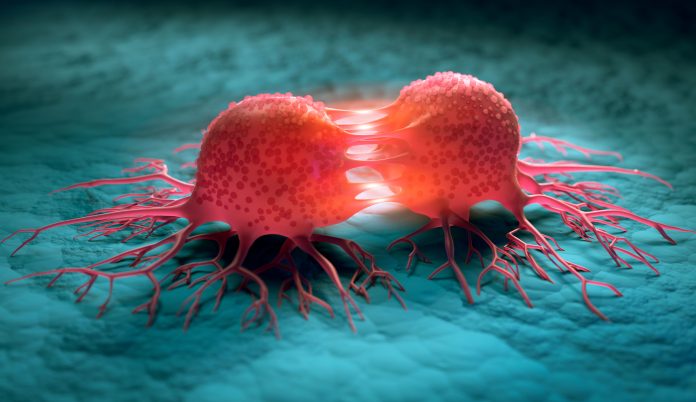
A new bioinformatics platform predicts optimal cancer treatment combinations based on co-occurring tumor alterations, according to work from researchers at University of Texas MD Anderson Cancer Center. In retrospective validation studies, the tool selected combinations that resulted in improved patient outcomes across both pre-clinical and clinical studies.
“Our ultimate goal is to make precision oncology more effective and create meaningful patient benefit,” said principal investigator Anil Korkut, assistant professor of Bioinformatics and Computational Biology.
Korkut presented the team’s findings this week at the American Association for Cancer Research (AACR) Annual Meeting 2022. The study results also were published this week in Cancer Discovery.
The platform, called REcurrent Features LEveraged for Combination Therapy (REFLECT), integrates machine learning and cancer informatics algorithms to analyze biological tumor features, including genetic mutations, copy number changes, gene expression, and protein expression aberrations. It also identifies frequent co-occurring alterations that could be targeted by multiple drugs.
“We believe REFLECT may be one of the tools that can help overcome some of the current challenges in the field by facilitating both the discovery and the selection of combination therapies matched to the molecular composition of tumors,” Korkut said.
Targeted therapies have improved clinical outcomes for many patients with cancer, but monotherapies against a single target often lead to treatment resistance. Cancer cells frequently rely on co-occurring alterations, such as mutations in two signaling pathways, to drive tumor progression. Increasing evidence suggests that identifying and targeting both alterations simultaneously could increase durable responses, Korkut explained.
Led by Korkut and postdoctoral fellow Xubin Li, the researchers built and used the REFLECT tool to develop a systematic approach to match patients with optimal combination therapies.
They used the tool to analyze pan-cancer datasets from both MD Anderson and publicly available sources, including pre-treatment patient tumor samples, cell lines, and patient-derived xenografts (PDXs), representing more than 10,000 patients and 33 cancer types. This generated 201 patient cohorts, each defined by a single therapeutically actionable biomarker, such as EGFR mutation or PD-L1 overexpression.
Within each cohort, the team generated REFLECT signatures of additional alterations that may be actionable therapeutic targets, thus pointing to sub-cohorts that may benefit from specific combination therapies. Across all cohorts, the researchers identified a total of 2,166 combinations, with at least one Food and Drug Administration-approved agent, matched to co-occurring alterations. In total, 45% of the patients included in the initial analysis were matched to at least one combination therapy.
The team validated the REFLECT approach through retrospective analysis of publicly available pre-clinical and clinical studies, comparing REFLECT-matched combinations used in those trials to combinations not matched by the tool.
In pre-clinical trials with PDX models, REFLECT-matched combinations had a 34.5% decrease in median tumor volume, while non-matched combinations had a 5.1% increase. Similarly, progression-free survival (PFS) was higher with matched combinations. The researchers also demonstrated a higher synergy score in REFLECT combinations relative to others, defined using the highest single agent (HSA) model.
“While REFLECT is still a concept that requires additional validation, we anticipate a great opportunity to translate this work into real clinical benefits,” Korkut said. “In the future, multi-omic profiles from pre-treatment patient samples could be loaded to the REFLECT pipeline to generate co-alteration signatures, allowing physicians to consider precision combination therapies tailored to molecular profiles of those patients.”
This approach will benefit from improved informatics resources to better match therapies to alterations at the RNA and protein level, Korkut said. Additionally, the researchers plan to expand their study to better address and predict toxicity from matched drug combinations. Finally, future studies also will seek to address the significant heterogeneity within tumors, which can affect response to targeted therapies.













